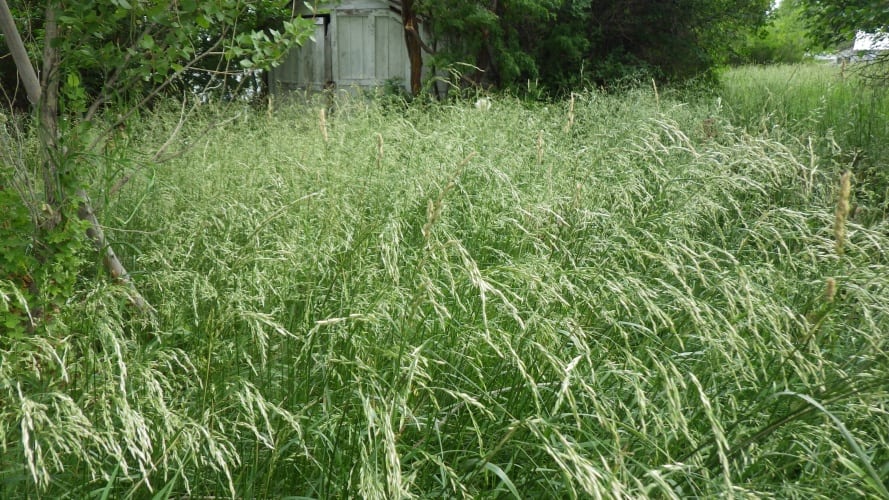
The technique, described in the Royal Society journal Proceedings A, involves converting cellulose in grass into hydrogen using sunlight and metal-loaded titania photocatalysts (palladium, gold and nickel). Cellulose is a key building block for plants and the most abundant biopolymer on Earth, as well as being a plentiful source of hydrogen. Initially, the team combined the three catalysts with cellulose in a round bottom flask and subjected the mixture to light from a desk lamp, measuring the amount of hydrogen produced at 30-minute intervals.
“This really is a green source of energy,” said study co-author Professor Michael Bowker, from the Cardiff Catalysis Institute. “Hydrogen is seen as an important future energy carrier as the world moves from fossil fuels to renewable feedstocks, and our research has shown that even garden grass could be a good way of getting hold of it.”
Following the experiment with cellulose, the researchers then conducted a second experiment using simple fescue grass harvested from a domestic garden, and again obtained substantial amounts of hydrogen. Despite the relative simplicity of the process, the team believes it is the first time hydrogen has been acquired from raw biomass using photocatalysis.
“Up until recently, the production of hydrogen from cellulose by means of photocatalysis has not been extensively studied,” said Bowker. “Our results show that significant amounts of hydrogen can be produced using this method with the help of a bit of sunlight and a cheap catalyst.”
“Furthermore, we’ve demonstrated the effectiveness of the process using real grass taken from a garden. To the best of our knowledge, this is the first time that this kind of raw biomass has been used to produce hydrogen in this way. This is significant as it avoids the need to separate and purify cellulose from a sample, which can be both arduous and costly.”




Swiss geoengineering start-up targets methane removal
Several rather dubious statistics in this report. IF methane had 120× the thermal effect of CO2 that would be TWO orders of magnitude. Two is not...